The US Navy's Columbia-class nuclear ballistic missile submarine (SSBN) program is facing serious challenges, raising concerns about the country's ability to maintain its nuclear deterrent in the face of increasingly fierce competition from China.
Cost issues, delays, and quality risks are plaguing the replacement of the aging Ohio-class submarines, according to a report by the Asia Times and the US Government Accountability Office (GAO), which could tilt the undersea balance of power in China’s favor as the country dramatically increases its naval capabilities.
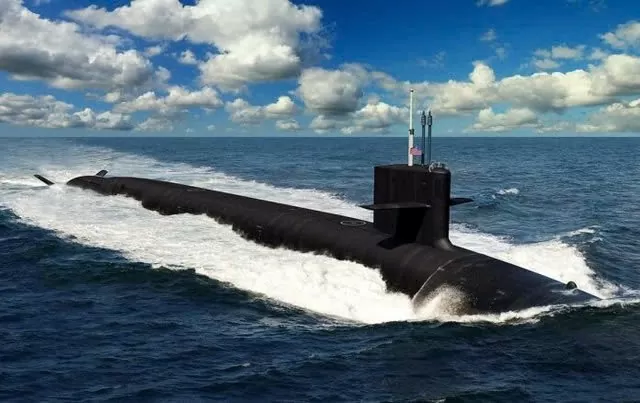 |
| The US Navy's Columbia-class nuclear-powered ballistic missile submarine (SSBN) program is facing serious challenges. Photo: US Navy |
The GAO report said that the first Columbia-class SSBN, scheduled for delivery in April 2027, could be delayed until late 2028 or early 2029. The delay means the Navy may not be able to put the submarines into service by 2030, which would not only put a strain on maintaining nuclear deterrence but also make the US more dependent on the aging Ohio-class submarines, undermining the regional balance.
The delays and cost overruns were largely blamed on manufacturing quality, operational issues, and material shortages. Electric Boat, the contractor responsible for building the Columbia-class submarines, has failed to meet its planned schedule and cost goals. The GAO has warned that the contractor’s recovery plans may be unrealistic, posing a significant threat to its ability to meet growing challenges from China. In particular, a $2.6 billion investment in infrastructure upgrades to speed up submarine production is lacking the necessary oversight, raising concerns about the effectiveness and feasibility of the project.
In addition, problems in the US shipbuilding industry are also being noticed. A report by the US Congressional Research Service (CRS) shows that delays in the construction of the Columbia-class submarines stem from a variety of causes, including difficulties in assembly, labor shortages and supply chain issues. Important components such as generators and bows supplied by subcontractors such as Northrop Grumman also arrived late, affecting the overall progress of the project.
Another issue that has caused concern is faulty welds on submarines and aircraft carriers built by Newport News Shipbuilding, the largest defense contractor in the United States. The U.S. Navy is investigating the severity of the problem, while lawmakers are demanding answers from the Department of Defense about the risks to crew safety. The findings not only raise concerns about product quality, but also add to the pressure on the U.S. shipbuilding industry as demand for new submarines continues to rise.
The cost of completing the Columbia-class submarines is also rising significantly. According to CRS, the cost of the first submarine is now estimated at $15.2 billion, largely due to increased design and engineering costs. If not addressed promptly, these delays could cost the U.S. Navy its strategic deterrent, forcing it to continue operating the aging Ohio-class submarines. This would further increase the risk that the U.S. would lose its edge in the naval race with China.
While the United States struggles at home, China is making great strides in modernizing its submarine fleet. Chinese shipyards have undergone significant technological and infrastructure upgrades, with heavy state investment. Despite some technical limitations and dependence on foreign technology, China’s shipbuilding capabilities are growing rapidly, making it a formidable maritime adversary.
The United States’ failure to fully address the problems in its submarine program is creating opportunities for China to expand its strategic advantage. If delays and flaws in the Columbia-class SSBN program are not addressed, the undersea balance of power could tilt in China’s favor, making it increasingly difficult for the United States to protect its interests globally.
Source: https://congthuong.vn/chuong-trinh-tau-ngam-hat-nhan-my-lam-nguy-trung-quoc-duoc-da-tang-toc-351406.html






























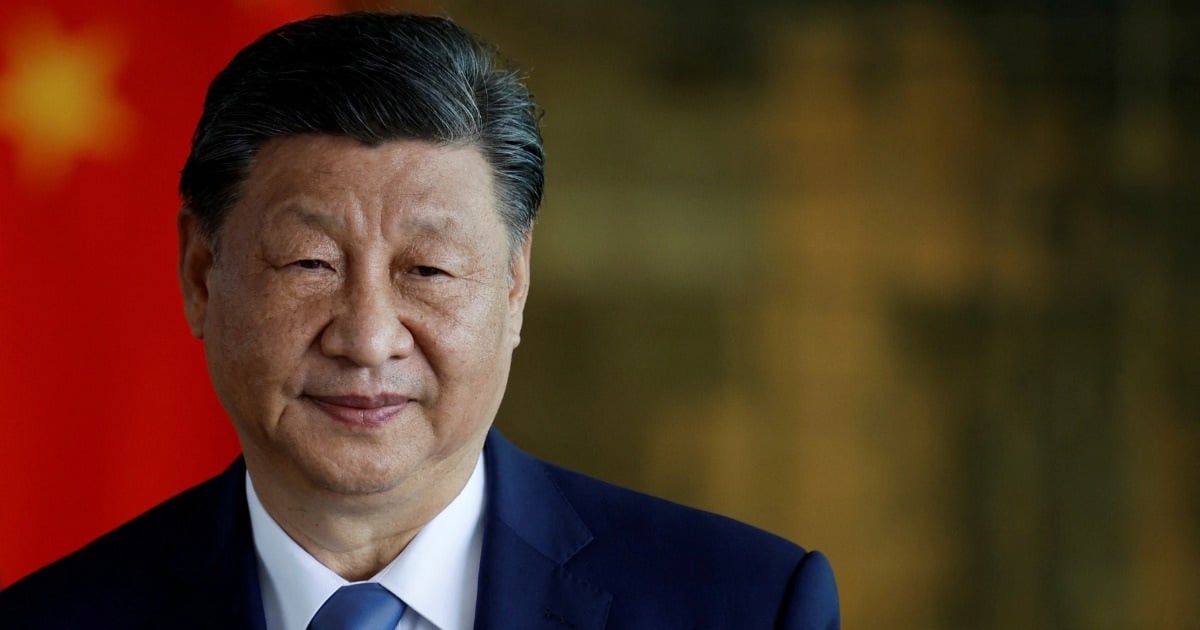


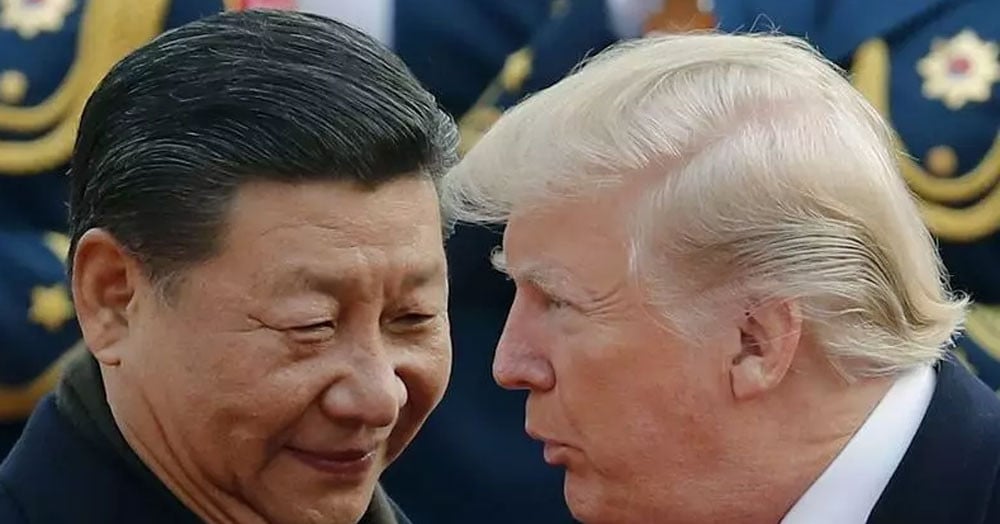

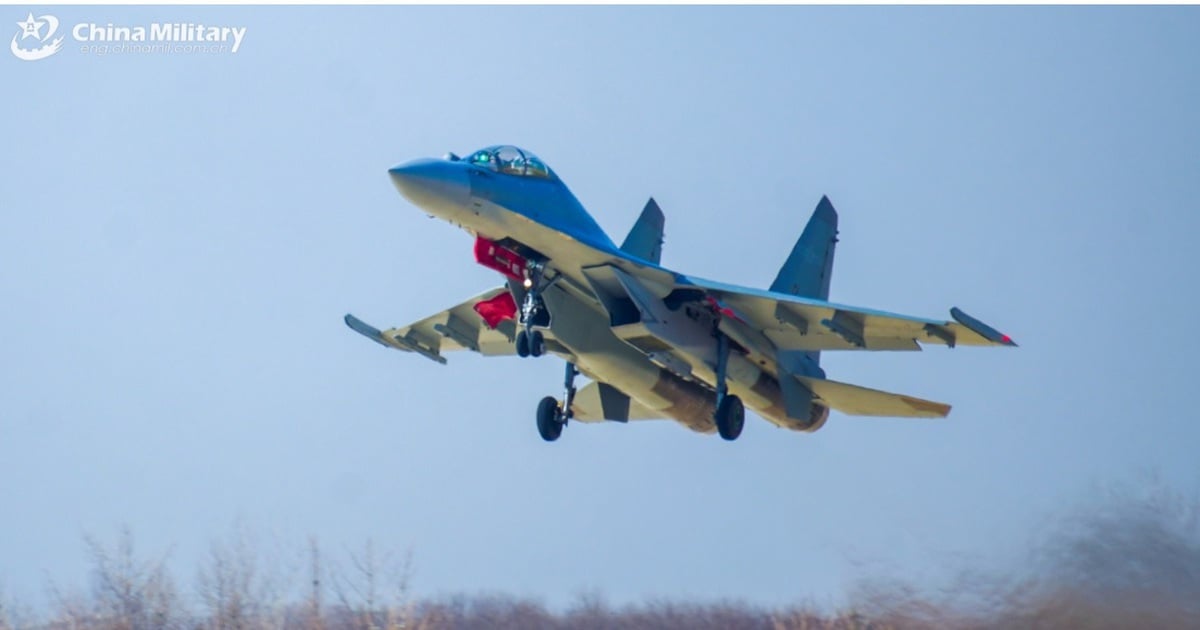














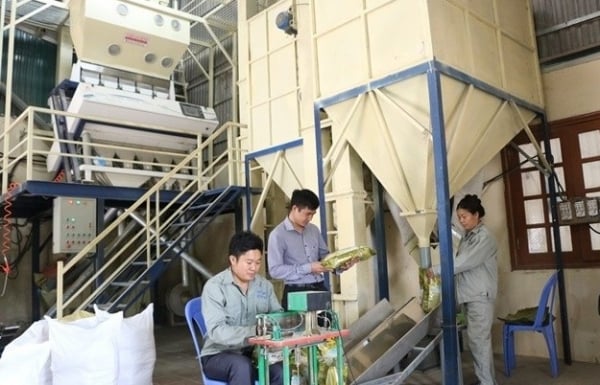

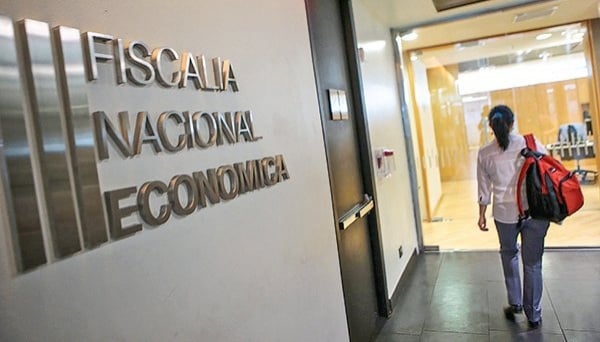










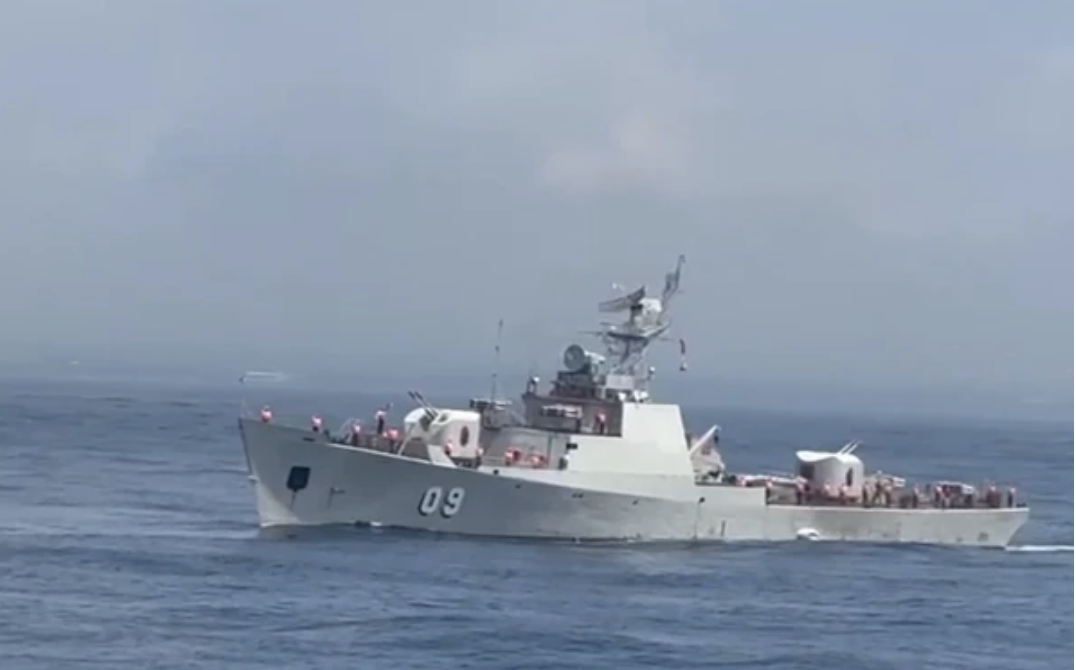

Comment (0)